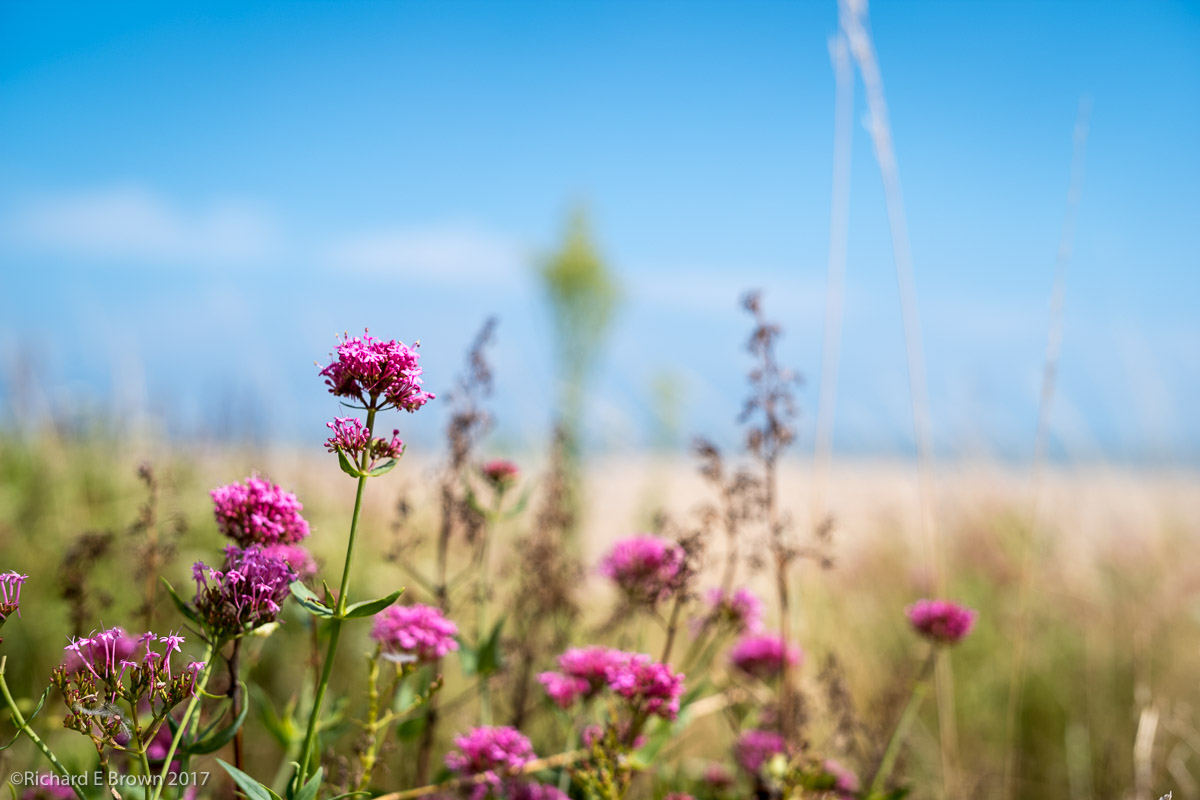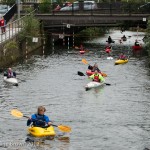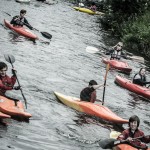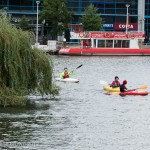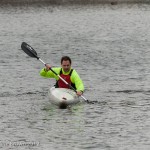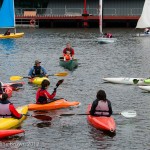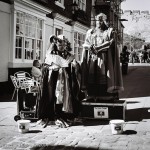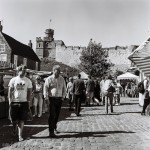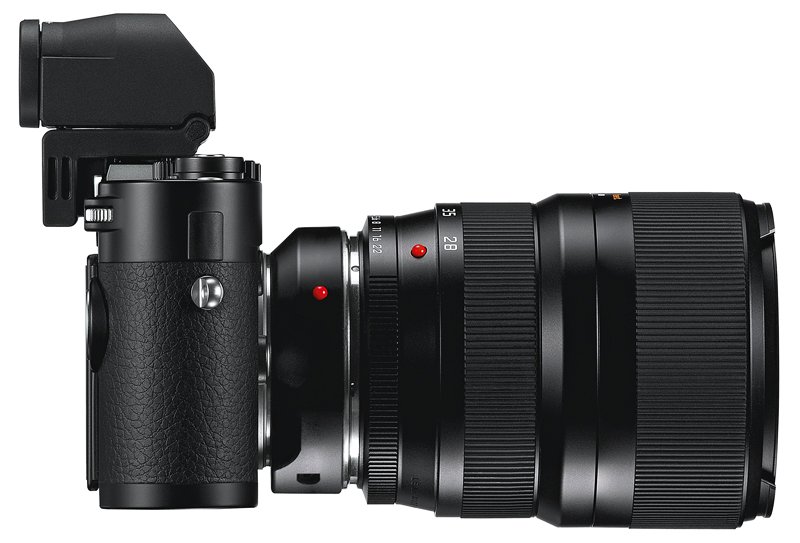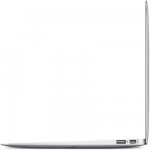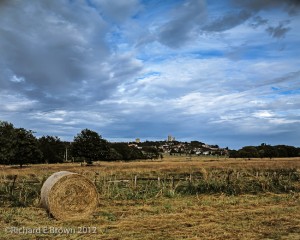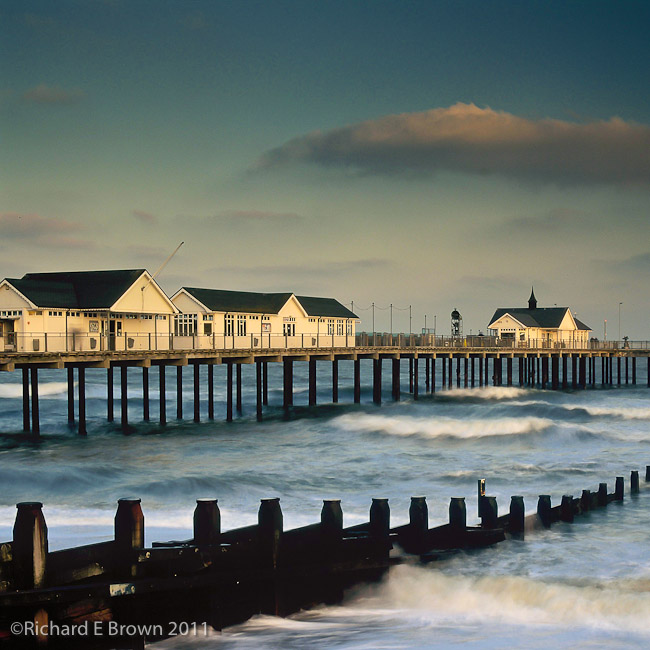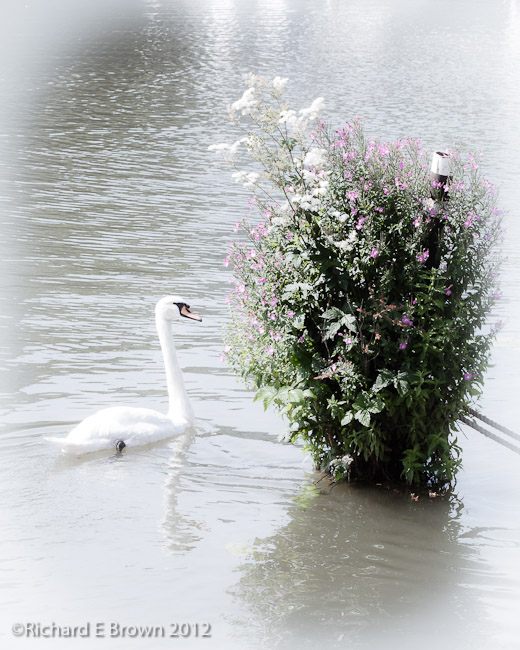Something I have been meaning to try for sometime is Kayaking. The idea of Sea Kayaking around a remote Scottish Island, being able to get to views impossible any other way; pulling up into remote coves, its a bit of an exciting dream, as is getting some saltwater fishing lines and trying one’s luck in grabbing a quick bite.
Last year we fulfilled one of Caroline’s long held dreams of horse riding along a remote beach, playing in the surf on the Isle of Lewis.
Now I had no idea if I could kayak or if I would enjoy it, so I booked myself on a taster course held at Lincoln Canoe Club on the Brayford Pool.
It was a 10:00 am start at the Lincoln Canoe Club Boat house on a slightly overcast but not too cold Sunday morning.
We arrived early, and made our way up the stairs to the briefing room. Graham would be our coach for the day and we started with a brief introduction about the club, then the safety briefing.
First the difference between a Life Jacket and a Buoyancy Aid. A life jacket is designed to keep you afloat, even if your unconscious, a Buoyancy Aid will assist you to swim. Why not a Life Jacket in a Kayak, well if you capsize it can trap you underneath the boat preventing you from escaping, thus leading to drowning.
We then covered capsizing and what to do if we were either tipped out of the boat or stuck in the boat underwater.
Lastly we covered water born diseases; especially Leptospirosis.
Graham then asked who wanted to give up the whole idea! But he had not managed to put anyone off. Then it was a quick head count, unlucky thirteen; and we headed down stairs to get fitted up with Buoyancy Aids, Paddles and our boats.

What most people call Canoes are in fact Kayaks, in the picture above it shows a Canoe being ably paddled by father and son. Canoes are open and are paddled by an oar that has just one paddle on one end, while a Kayak can be sit on top or in, but your legs are stretched out in front of you, also there is a paddle on each end of the oar.
We carried down our Kayaks to the dock edge and learnt how to get in. This was easier then I expected. Sitting on dock with one hand on the centre back opening, you slowly slide your body in. Then your away.
We slowly headed into the Brayford Pool, and once all assembled we started our lessons.
Our first stroke to learn, was the sweep stroke. With this it enables you to turn the boat round, its quite easy and we all got the hang of it very quickly.
Next a back stroke, then we put them together to spin the boat round on the spot.
Of all the strokes the one I could not master was the general forward stroke, I kept veering off, either right or left, but we also learnt how to brake with the back stroke, so I would stop and start again.
After some practice round the pool we headed down one of the rivers that feed into the Brayford Pool. These were tricky especially for me as there was a couple of very low bridges to negotiate, these had me practically laying across the boat to get through.
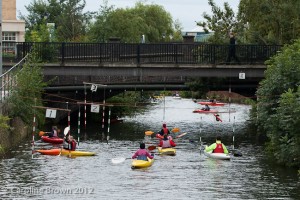
Some of the more experienced paddlers had marked out a slalom on the river so a few of us had a go. There was much crashing and laughter, it was a lot fun and nobody capsized even though there was thirteen of us!
The time flew by and after an hour and a half of ‘Messing about on the River’, it was time head back to the dock and get out.
This was a little tricker then getting in, but I had help and managed, so Caroline’s hope of getting a shot of me falling in, was unfulfilled. Maybe next time.

